Polka Dots plants are gorgeous and attractive plants best suited to plant indoors. The plants generally grow to a height of 10-50 cm and spread to a similar width. These plants are also known as freckle face or splash plants as they dotted design that resembles freckles or splashes. So, if you are looking for different varieties of polka dot plants, then you are at the right place.
Here we will provide you with some of the best varieties of polka dot plants. We hope this will be to your liking.
Different Varieties of Polka Dot Plants
Confetti, red splash, pink dot, white polka dot, and pink brocade are a few varieties of polka dot plants that you can grow indoors and outdoors.
There are several polka dot plants, and among them, the below mentioned are the most common.
Confetti
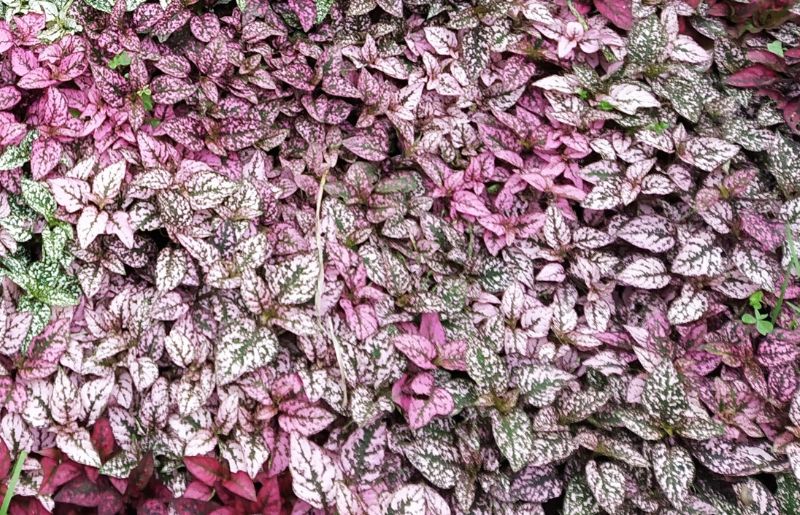
Confetti has a faster growth rate in comparison to other polka dot plant types. They also come in different colors such as pink, red, white, etc. These polka dot types grow well under the sun and prefer slightly acidic soil.
This plant is primarily used as a houseplant, although it can also be grown as an annual and as ground cover. It can easily withstand both drought and humidity. The plant often blooms in the late spring, early summer, or summer, and the flowers are smaller than an inch. The color of the foliage is very unusual as well.
Are you trying g to prune your polka dot plants? Well, if you don’t know how to do that, you can read How To Prune Polka Dot Plants (The RIGHT Way)
Darker Rose Spots
This polka dot is quite distinct among all its types due to the blend of red and black color. This is low maintenance polka dot plant that requires significantly less pruning. The plant doesn’t have many negative characteristics and can be used for mass planting, ground cover, hanging baskets, etc. You can use this as a container plant as well.
This plant may grow well in both full sun and partial shade. It thrives in medium soils that are consistently moist. This species may thrive in densely populated areas with urban pollutants. If left in standing water, it can get affected by root rot quite quickly.
Carmina
Carmina Polka Dots have average water requirements and can be cultivated through stem cutting. The only thing that can spoil this plant is overwatering, so proper care should be taken while watering the plant. These polka dots can be grown on acidic soil with a pH of 5.1-6.
This variety’s medium purple blooms open throughout the summer’s middle, end, or beginning. It is primarily grown for its textured, veined leaves. Containers are the best for this plant type as they can grow to a height that is somewhere between 15 to 30 inches. You can also put them in hanging pots.
Red Splash
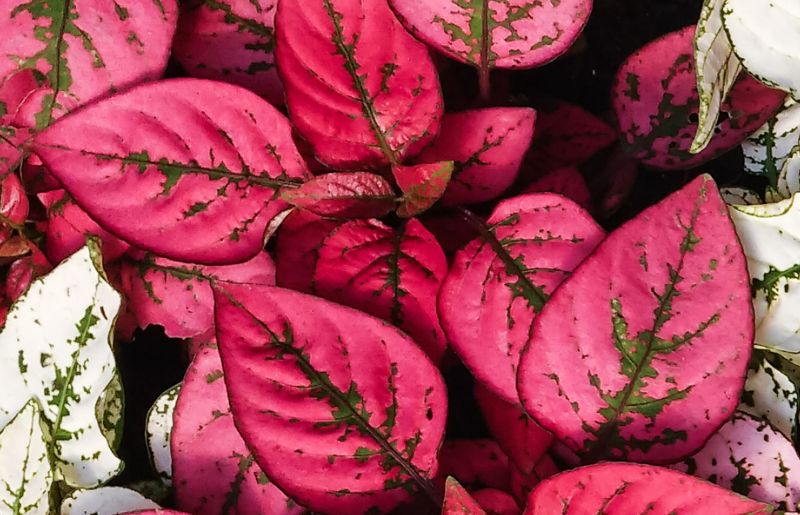
This one looks similar to the Darker Rose spots, as it comes with pointy red leaves with darker green spots. This plant is a part of the splash series and a hardy annual plant. Red Splash Polka dot plants do well in partial shade but can also survive under sunlight.
Similar to other polka dot plants, this also grows to around 12-inches. This plant’s fruit and flower are not that important as it is grown chiefly for their foliage.
Most people get confused about whether polka dot plants are poisonous or not. You can read Your Polka Dot Plant Poisonous to learn about that!
Pink Dot
Pink Dot polka dots have pink spots on green leaves. It can grow to a height of 6-12 inches and pretty fast compared to other polka dot plants. Though it’s not common, these polka dots tend to mimic their height and grow to the exact sizes as their width as well.
Compared to other polka dot types, they have more dots on their leaves. When it comes to growing conditions, the soil, light, and water requirement is optimal, and can grow under the sun. This plant is ideal for being grown indoors.
White Polka Dot
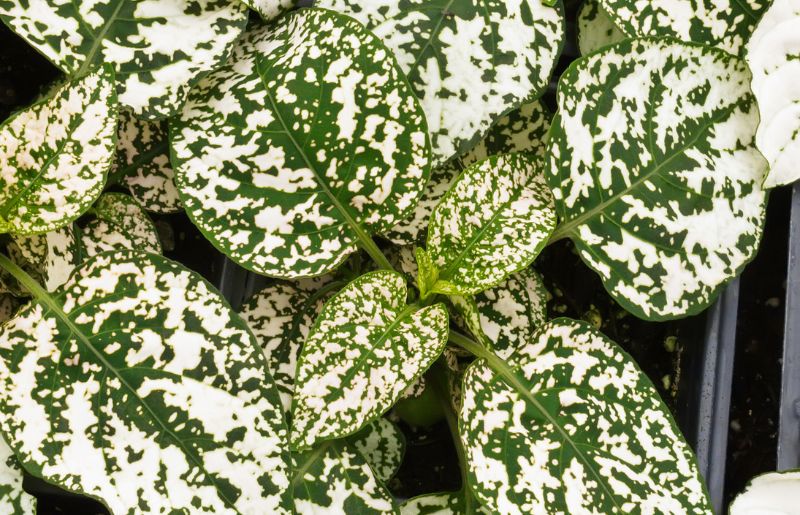
The White polka dot plant is unique among its types as it can change the look of your garden. This plant type grows best in moist soil, and because of this, there is a chance that it might get overwatered and develop root rot. This is a low-key, low maintenance plant that doesn’t require much pruning and is drought tolerant.
This one can significantly grow and spread to around 12-inches. The most distinct feature of the plants is that they are white and have green spots. At the same time, dot polka dot has no significantly beautiful flowers.
Pink Brocade
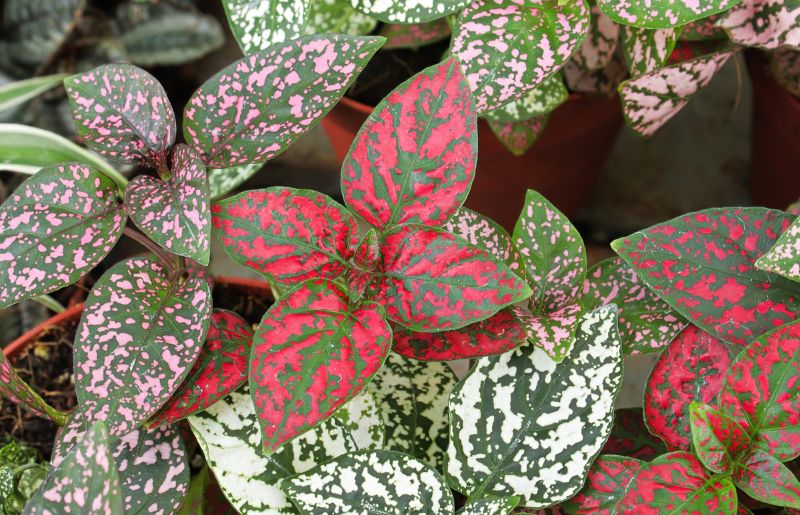
The pink brocade is very similar to the pink polka dot plants. The only significant difference between them is that the pink brocade has more dots. Just like the pink polka dots, they can grow in sunlight and shade and have ideal requirements for light, water, and soil.
This one doesn’t have any serious issues when it comes to insects or pests. They prefer acidic soil and can grow to heights and widths of 12-inches. Pink brocade is prone to root rot and must be very careful while watering them.
Apart from the different types of polka dot plants mentioned above, you may also grow polka dot companion plants that go well together.
If any of these polka dot plants become leggy with time, then these are the fixes that you need to follow to fix leggy polka dot plant.
Wrap Up
So, those were some of the different varieties of Polka Dot plants. Polka dot plants are naturally beautiful and they have they can add a lot of colors to your garden. These plants need a lot of care as they are very susceptible to diseases and pests. While watering them you need to be very careful as they can easily get overwatered. As for pests, spraying neem oil solutions and pruning would do the trick for you.
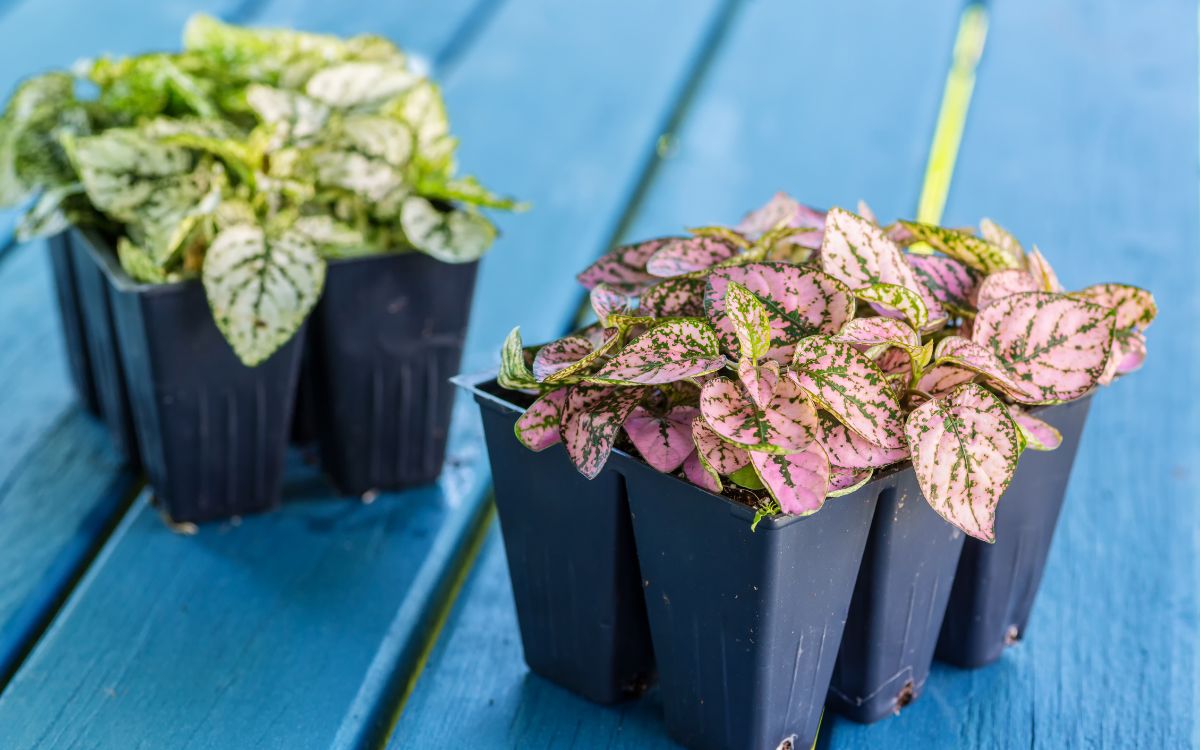
Leave a Reply